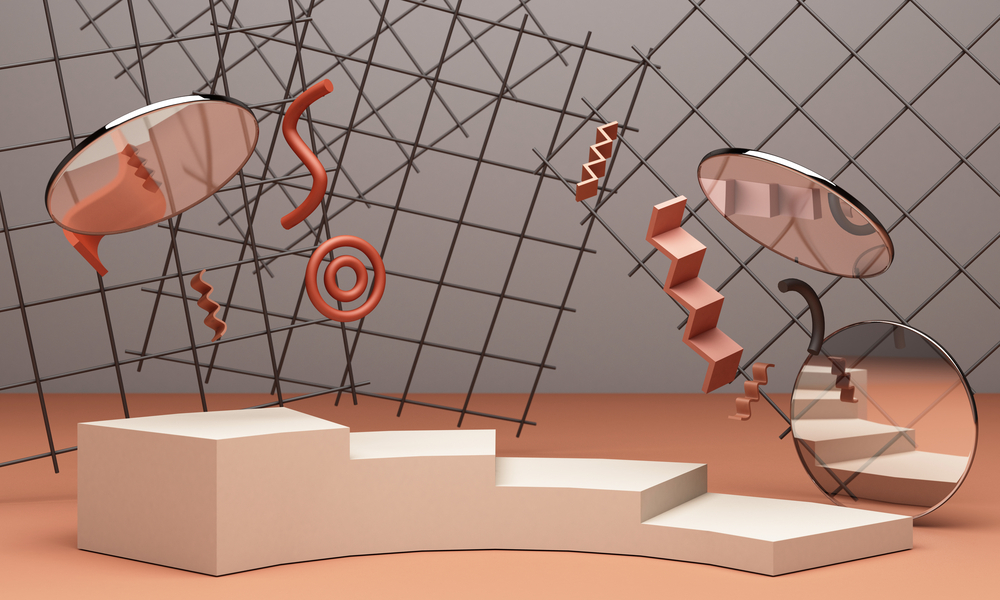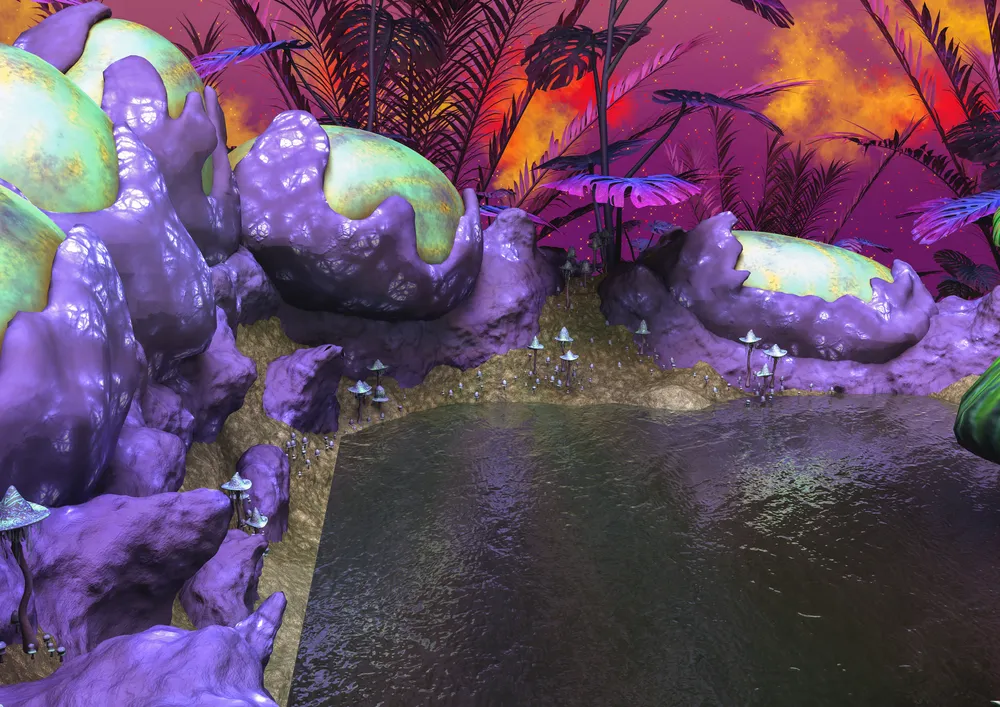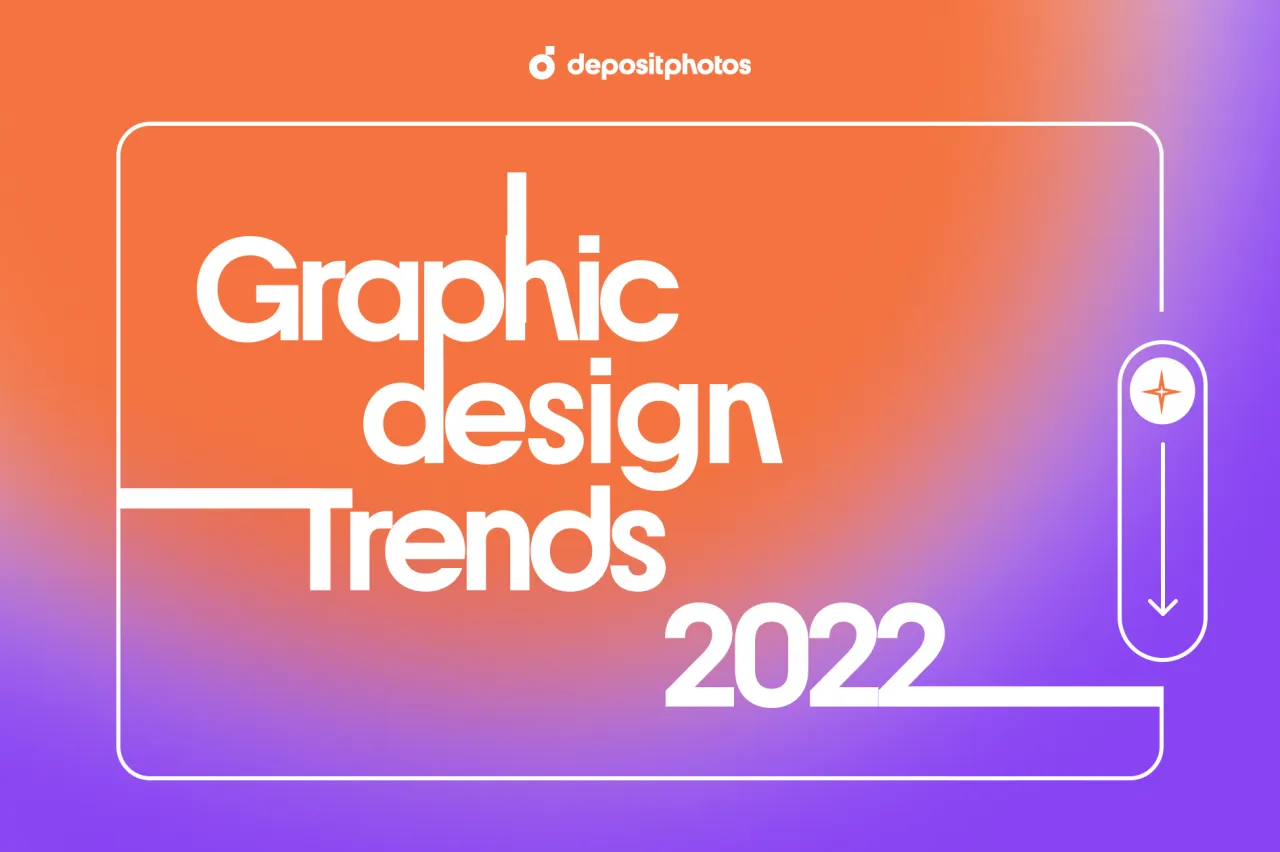Key Factors in Crafting Multi-Sensory Experiences
Design is evolving. It’s no longer just about looks; it is a multidimensional experience that shapes how we perceive the world around us. Moving beyond the visual, modern design practices engage all the senses to create experiences that are not only seen but also felt, heard, smelled, and tasted. This holistic approach forges deeper connections and resonates with users on multiple levels.
Dive into the world of multi-sensory design as we unpack its definition, essential elements, and examples. Read on to explore how to enrich user experiences by appealing to every sense.
To get free downloads, click the banner above, switch to «Annual Upfront» subscriptions, and press the «Free 7 Day Trial» button.
What is multi-sensory design?
Multi-sensory design transcends traditional, one-dimensional approaches by engaging more than one of the human senses. It combines sight, sound, touch, taste, and smell to create an environment or product that offers a more immersive experience.
Humans are innately multi-sensory creatures; our perceptions of the world are shaped by the simultaneous input from all our senses. When a design speaks to more than one sense, it can convey messages more effectively, create stronger emotional bonds, and lead to more profound experiences. Engaging multiple senses allows a design to cut through the clutter and make a lasting impression. It can improve user satisfaction, enhance learning and recall, and increase user engagement and brand loyalty.
Real-world multi-sensory design examples
In the digital sphere, multi-sensory design surfaces through the tactile response of smartphones—for instance, vibrations that confirm a user’s action. Haptic feedback technology takes this further, simulating the feel of real-world interactions, like the sensation of pushing a button or the texture of fabric, directly on a touch screen.
Retail spaces have also harnessed multi-sensory design to tremendous effect. Stores play specific genres of music to match the energy of their brand, use lighting to create ambiance, and select materials with textures that reflect their identity. Some even incorporate signature scents to create a strong brand association.
Multi-sensory design is also breaking ground in areas like education, where interactive learning environments use sight, sound, and touch to teach complex concepts more effectively. Museums, for instance, are increasingly adopting interactive displays that allow visitors to engage with exhibits on multiple sensory levels, thereby enhancing the educational experience.
Understanding the role of senses in design
Sight
Vision is the most dominant sense in most design fields, from graphic to interior design. It’s the first sense to be engaged, setting the initial context. Colors, shapes, balance, and harmony are visual elements that convey a brand’s identity and values. For instance, pastel colors can induce calmness, while vibrant reds can energize and alert. Visual storytelling can captivate and hold the audience’s attention, making it a cornerstone of sensory design.
Sound
Sound can be just as influential as sight. Audio design incorporates elements like voice, music, and ambient sounds to create an atmosphere or evoke emotions. The sound of a product can affect its perception; high-end electronics are designed to produce a satisfying click or snap, signaling quality and precision. In branding, a signature jingle can become as recognizable as a logo, resonating with the audience on an auditory level.
For those looking to find the perfect audio complement to their design, Depositphotos offers an extensive library of sounds. Explore our vast collection to find the audio that will elevate your projects to the next level.
Discover Depositphotos LibraryTouch
The tactile aspect of design is essential, particularly in physical products. The texture, weight, and material quality contribute to the user’s perception of a brand. In digital design, touch is translated through the interface’s responsiveness, such as the smooth glide of a touchscreen or the feedback from a button press. Tactile feedback can significantly enhance the user experience, providing a sense of interaction and realism.
Taste and Smell
Taste and smell are closely linked together. While these senses are less commonly addressed in traditional design, they can be potent tools. Food and beverage industries have long used taste to differentiate products, but the design extends to packaging that can influence flavor perception. Smell is often used to create an ambiance or memory link; real estate agents, for example, might use the scent of freshly baked cookies during an open house to evoke a warm, homely feel.
To get free downloads, click the banner above, switch to «Annual Upfront» subscriptions, and press the «Free 7 Day Trial» button.
The psychological influences of multi-sensory design
- Emotional connection. The multi-sensory design has the profound ability to tap into the user’s emotions, fostering a deep connection between the consumer and the product or space. For instance, a certain scent or piece of music can evoke nostalgia, transporting an individual back to a fond memory, which in turn can create a positive association with your brand. This emotional resonance is why companies invest in developing a multi-sensory identity that can engender loyalty and affection in a way that purely visual or functional attributes cannot.
- Memory. When a design engages multiple senses, it can enhance memory retention and recall. This is particularly evident in experiential marketing, which makes people more likely to remember and share with others. For example, a live event might use a unique combination of visuals, sounds, and interactive elements to create a memorable brand experience.
- Inclusivity. The multi-sensory design also has implications for inclusivity, as it ensures that if one sense is impaired, others can compensate. Inclusive design allows for universal access to information and experiences. For example, tactile paving is used to guide visually impaired individuals through public spaces, and clear, legible typography assists those with visual impairments.
- Decision making. Moreover, sensory elements can influence decision-making processes. In a retail context, sensory cues such as lighting, music, and scent can affect how long customers spend in a store and their likelihood of making a purchase. It’s not just about the physical product but the sensory environment that surrounds it.
7 essential factors in crafting multi-sensory experiences
1. Balance
The key to successful multi-sensory design is balance. Each sensory element must complement the others without overwhelming the user. Too much stimulation can lead to sensory overload, causing discomfort or confusion. Designers must carefully calibrate the intensity, timing, and context of sensory inputs to create a harmonious experience.
2. Accessibility
Designing for all senses also raises questions of accessibility. Not all users experience sensory inputs in the same way; some may have sensory processing disorders, while others may have impairments in one or more senses. Multi-sensory design must be inclusive, providing alternative sensory interactions for those who might otherwise be excluded from the experience.
3. Cultural sensitivity
Sensory perceptions can vary greatly across cultures. A scent that is pleasant in one culture might be off-putting in another. Similarly, color associations can differ significantly around the world. Multi-sensory design must be culturally aware and adaptable to different groups to avoid negative reactions and ensure a positive experience for a diverse audience.
4. Cost and complexity
Incorporating multiple sensory elements often increases the cost and complexity of design projects. It requires additional research, development, and materials, which can impact budgets and timelines. There must be a clear return on investment for the added expense of creating multi-sensory environments or products.
5. Technological constraints
While technology is advancing rapidly, there are still limitations to how well digital and physical designs can simulate certain sensory experiences. For example, while haptic feedback can simulate the sense of touch to a degree, it cannot fully replicate the texture of materials. Designers must work within these constraints or help push the boundaries of what technology can achieve.
6. Sustainability
Multi-sensory elements, particularly those that involve physical materials or electronics, can have environmental impacts. The sustainability of design materials and the lifecycle of products must be considered to ensure that multi-sensory designs do not have an undue negative impact on the environment.
7. Ethical considerations
There’s an ethical dimension to engaging users’ senses. Designers have a responsibility to ensure that sensory design is not manipulative or deceptive. For instance, using scent to mask poor quality or using sound to distract from a lack of functionality can be considered unethical practices.
To wrap up
The multi-sensory design presents a shift towards a more immersive approach to interaction, where every sense is an entry point to a more engaging user experience. It challenges designers to think beyond the visual, considering how elements like texture, sound, and scent can play pivotal roles in design. By designing for all the senses, you can create more engaging, enduring, and meaningful interactions.
Other articles you might find interesting
Gamification in Marketing: Engage Your Audience Using Games
What is Digital Design? A Comprehensive Guide on its Types, Tools, and Best Practices
Design for Immersive Environment: Key Principles of Virtual Realities














